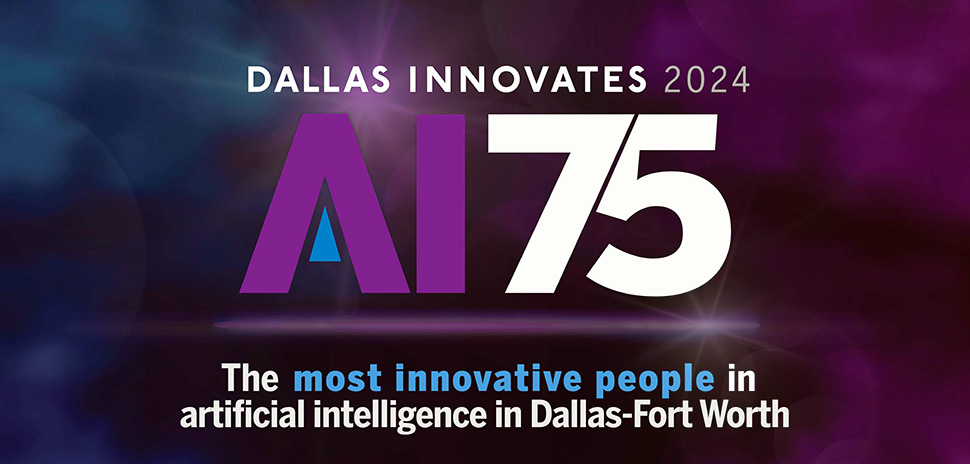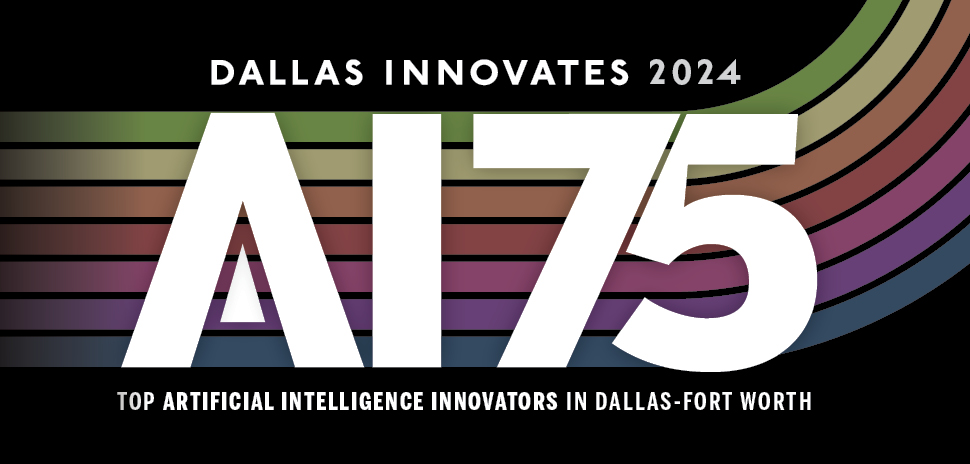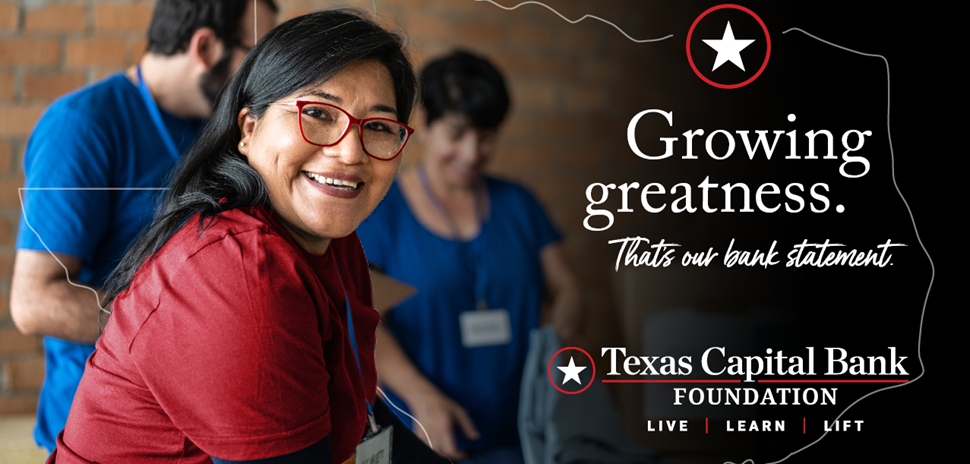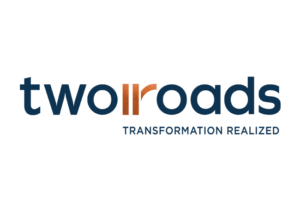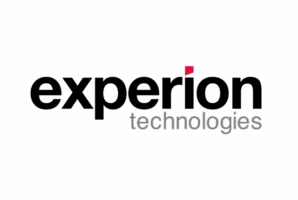UTA just schooled Texas educators on AI. The Arlington campus hosted the state’s first “Prompt-a-Thon,” packing its halls with academics and tech gurus eager to crack the code on using artificial intelligence in the classroom and lab.
Researchers, faculty, and educators from higher education and K-12 schools across Texas gathered in late May at the University of Texas at Arlington for the invite-only event co-hosted by tech giant Microsoft and UTA’s offices for Research and Innovation and Information Technology.
Jeremy Forsberg, associate vice president of research and innovation at UTA, called the Prompt-a-Thon “a significant step toward promoting AI literacy across multiple universities and establishing UTA as a frontrunner for AI use in the state.” In a news release, he added, “It was a great opportunity for educators and researchers to learn, grow, and apply AI skills in a collaborative setting.”
Microsoft GM Tony Prince kicked off the event in a keynote, and Microsoft Education Chief Innovation Officer M.J. Jabbour and Microsoft Worldwide Higher Education Director Rob Curtin were among the experts showcasing real-world applications of AI tools in learning and research in sessions such as “Prompt Engineering for Mortals.” Attendees rolled up their sleeves in breakout sessions, fine-tuning their approach to leveraging AI in research, operations, and instruction.
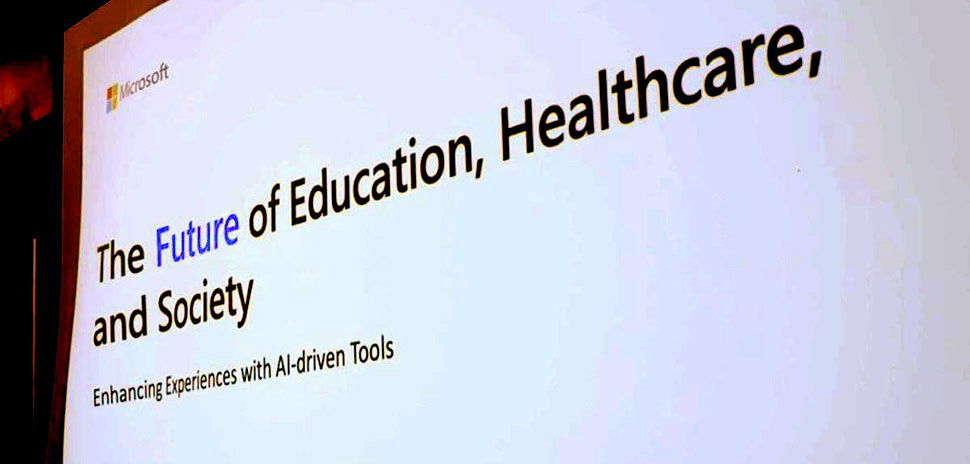
Harnessing AI for education and research
“The Prompt-a-Thon was a unique platform bringing together academia and industry to explore the potential of generative AI,” Lee Pierce, planning and management director in UTA’s Office of Information Technology, said in a statement. “It’s not just about understanding AI, but about harnessing its power to drive innovation and research.”
UTA is breaking new ground beyond hosting the state’s first Microsoft Prompt-a-Thon. It’s pioneering a certified AI “train the trainer” program, equipping faculty and staff to spread AI knowledge, Pierce said.
These “Tiger Teams” are now primed to help others embrace AI for improved efficiency, according to the university.
In the AI race, UTA’s betting that by empowering its people, they can help Texas, and the nation, take the lead. With a compass pointed toward ethical and responsible use, the university wants to sharpen America’s competitive edge by arming students and faculty with cutting-edge AI tools, turning them into next-gen tech trailblazers.
Machine learning benefits
UTA’s AI ambitions extend to the future of healthcare and scientific research worldwide. The university is pushing the envelope in machine learning research, with recent breakthroughs that could change lives. A new ML technique promises to be 30% more effective at predicting survival from cancer, while another tool aims to forecast Alzheimer’s disease progression, offering hope to patients and families planning for the future.
“I’ve been impressed with the power of AI in research and administration,” UTA’s Forsberg said, adding that he was excited to see so many researchers and educators “come together to learn and embrace these new tools.”
“Tiger Team” co-leader and early AI adopter
Peggy Semingson, a UTA powerhouse who was riding the AI wave before it became a tsunami, sees today’s AI-savvy students as tomorrow’s innovation leaders.
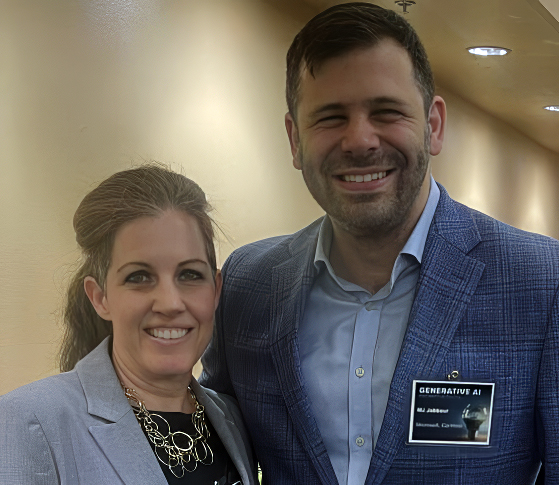
UTA’s Peggy Semingson and Microsoft Education’s Michael J. Jabbour at the Prompt-a-thon. [Courtesy photo]
The associate professor of TESOL (Teaching English to Speakers of Other Languages) was part of the “Tiger Team,” co-leading a session on education and AI prompting.
Semingson’s trophy case speaks volumes about the trailblazing prof: a 2019 President’s Award for Transformative Online Education and the USDLA Best Practices Award for Excellence in Distance Learning Teaching, among others. As chair of the UTA Academy of Distinguished Teachers and an EDUCAUSE Ambassador, she’s a go-to guru for connecting peers with cutting-edge research and resources.
Semingson described the event on LinkedIn, calling the “pioneering all-day Generative AI Prompt-a-thon with Microsoft/Microsoft Education” insightful. The morning was background-building and instructive on the bigger picture of AI, policies, and the present and coming impact on education, health, and beyond, while the afternoon was a hands-on exploratory set of sessions.

Michael J. Jabbour, Chief Innovation Officer Education-Microsoft
But it was a remark by Microsoft Chief Innovation Officer Jabbour that really struck a chord with Semingson. “It will be difficult to predict the impact of AI in the 3-5 year trajectory range,” she paraphrased.
The insight was a call to action: “We need to do all we can in the present moment to develop AI Literacy across faculty, staff, and students as much as possible to prepare for the present and coming changes to automation, the workforce, and preparing students to work with AI and not against it.”
Hands-on breakouts
Semingson shared insights into the practical side of the Prompt-a-Thon, offering a glimpse into the collaborative process that drove the event’s success.
“Groups worked well together using the prompts as guidance but also engaged in dialogue and brainstorming to decide the best approach to guide their AI prompts using Microsoft Co-Pilot AI,” Semingson told Dallas Innovates.
The prompts were the brainchild of the “Tiger Teams,” with small groups divided into Education, Operations, and Research sub-groups. The teams crafted scenarios and questions designed to spark collaborative problem-solving using AI tools.
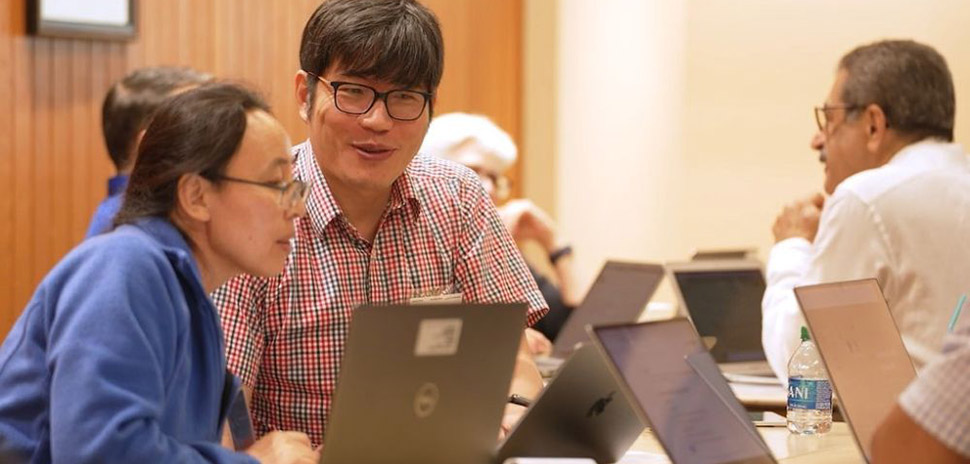
[Photo: UTA]
One set of examples from the Education breakout session illustrates the hands-on approach:
Instructions
Your group will choose one of the three scenarios shown below. Once you’ve chosen your scenario, you’ll work toward accomplishing your task. Each scenario also includes a sample prompt to help get you started in Copilot if you need some guidance.
Once your group has chosen a prompt, work on the following:
- (5 – 8 minutes) Idea Generation: Work independently to generate a few ideas to share with the group.
- (10 – 15 minutes) Collaborative Design: Come together with your group to decide how to approach accomplishing the task for your chosen scenario. Collaborate to work toward a final product.
- (8 – 10 minutes) Presentation: Create a presentation showcasing your final product. Use whichever collaborative medium you prefer. Aim for a 2-3 minute presentation.
Remember that you can utilize Copilot for as much of this process as possible. Your group can choose to organize the work however you’d like (paper, shared digital document, online collaborative board, etc.).
Scenarios
- Scenario A: A professor is preparing a lesson plan on a complex and/or technical topic and wants to make it more engaging and understandable for students. Come up with a lesson plan that boosts engagement and ensures understanding. (60-minute class period that can be in-person, virtual, or hybrid) Sample prompt: “I’m teaching a 60-minute lesson to college students about __________. Help me make it more engaging for students taking the class virtually.”
- Scenario B: Your department/team often has Lunch-and-Learn sessions, but you’ve noticed the sessions are not as productive or engaging as you’d like them to be. Come up with ideas on how to improve the Lunch-and-Learn experience and better foster learning for participants. (60-minute lunch that can be either in-person or virtual)
Sample prompt: “I need 5 ideas on how to boost group engagement and learning during a Lunch-and-Learn session on _________ topic.”
- Scenario C: The University is planning to hold a “Week of Outdoor Learning” event. Each course is encouraged to hold at least one class outdoors. Come up with a lesson plan that incorporates outdoor learning in creative ways. (60-minute class period that can be in-person, virtual, or hybrid) Sample prompt: “Suggest some assignments for my Psychology class for my university’s Week of Outdoor Learning event that would take advantage of the outdoor environment.”
Semingson said the scenario-based learning wasn’t just an academic exercise: She sees the Prompt-a-Thon’s impact extending far beyond campus walls.
“As UTA faculty implement principles learned from the Prompt-a-Thon event into academic courses, they’re not just teaching — they’re shaping the future workforce,” Semingson explained. In her view, UTA’s efforts are creating a pipeline of talent ready to tackle the ever-evolving demands of an AI-powered business world.
![]()
Get on the list.
Dallas Innovates, every day.
Sign up to keep your eye on what’s new and next in Dallas-Fort Worth, every day.


